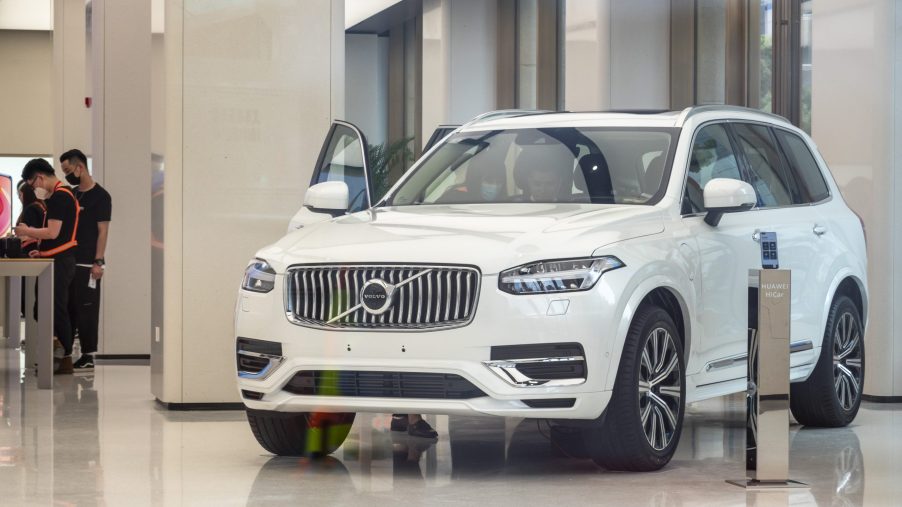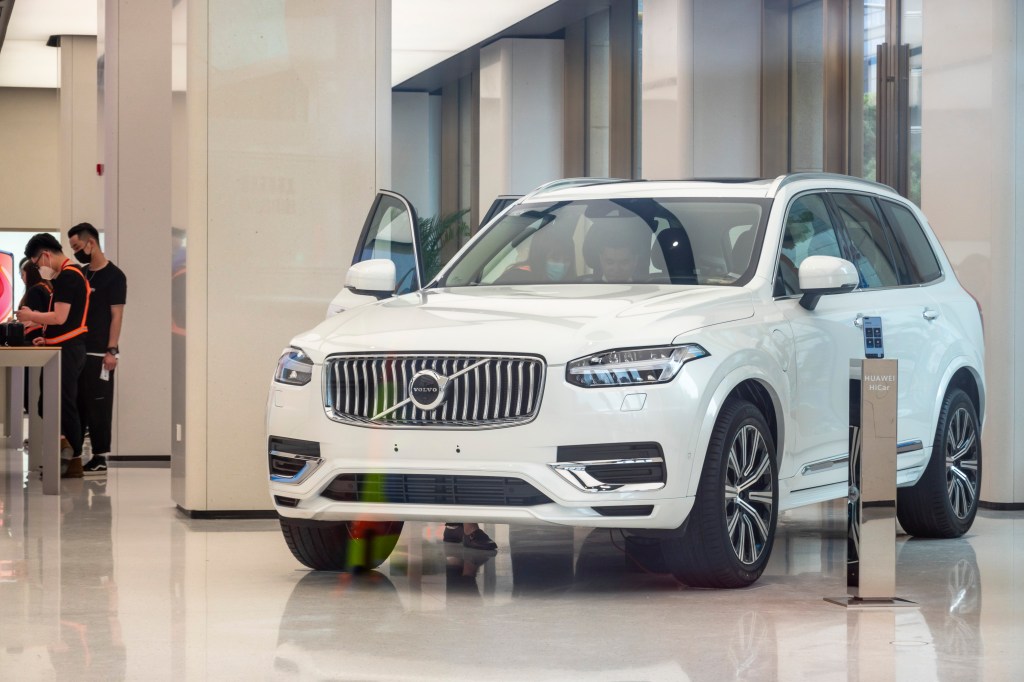
The 2020 Volvo XC90 Is Too Underpowered to Be a Real Contender
Luxury SUVs are very popular right now, and automakers are improving their SUVs in every way possible in order to compete with one another. However, Volvo’s full-size luxury SUV, the XC90, might have taken a step backward. Here’s a look at the XC90’s engine, which isn’t very powerful, to say the least.
Volvo’s four-cylinder approach
Like Consumer Reports wrote, Volvo had an idea, and that idea was to build a 2.0-liter four-cylinder engine that could be used on all of its cars while being small enough so that Volvo could get tax benefits in some countries. This is easy to do when an automaker only makes small cars, but Volvo also made a lot of SUVs, including some very big SUVs, so this was a tough task.
That’s why Volvo turbocharged those four-cylinder engines, and in some cases, Volvo also supercharged the already turbocharged engine, too. Through this noble effort, Volvo managed to create some impressively powerful engines for the size, but, unfortunately for customers, those engines end up costing quite a bit, too.
For example, Consumer Reports was impressed by the XC90’s turbocharged and supercharged four-cylinder engine option, which is called the T6. This version of the XC90 gets 316-hp, which, while not impressive, is good enough for a full-size SUV.
However, the T6 isn’t standard, the T5 is standard. The T5 only gets a turbocharged four-cylinder engine which gets 250-hp. This engine was simply not that great due to its lack of power.
Is the 2020 Volvo XC90’s engine worth it?

Since the standard XC90 has such a lackluster engine, customers looking for a luxury SUV that packs a punch would have to pay a premium to get that with the XC90. The standard XC90 starts at about $48,000, while the T6 starts at about $60,000. For that price tag, there are many comparable luxury SUVs with even more powerful engines.
On top of that, one of the main reasons that Volvo went with the four-cylinder engine was to improve fuel economy, according to Consumer Reports. Despite the small engine, that hasn’t really worked out.
The T5, with its weak 250-hp engine, only gets about 21 MPG in the city and 29 MPG on highways for about 24 MPG combined. The T6 is worse, as it gets 19 MPG in the city, 26 MPG on highways, and 22 MPG combined.
Plus, even if customers get the more powerful T6, Consumer Reports said that, in terms of its sound, it still sounds like a four-cylinder rather than the V6 that its competitors will sound like.
The 2020 Volvo XC90 has some good things, but just isn’t great overall
Since Volvo is a luxury brand that’s well-known for making some very safe and high-tech cars, Consumer Reports said that the XC90 was pretty good in that regard. For example, the XC90 has a lot of standard smart safety features, such as forward-collision warning, automatic emergency braking, and a blind-spot warning system.
The XC90 also has a ton of standard features when it comes to climate control. Automatic climate control for both the front and rear seats are standard, as are heated seats and mirrors.
Additionally, the XC90 has a cooled glove box. If these climate features aren’t enough, then Volvo offers an optional climate package that’ll add more heated things to the car.
Despite these positives though, the XC90’s lackluster driving experience, combined with its low expected reliability, makes it a pretty mediocre car. Overall, Consumer Reports gave the XC90 a score of 63 out of 100, which made it one of the worst full-size luxury SUVs that Consumer Reports tested.



